The Tajweed rules are a set of guidelines for the proper recitation of the Quran. These rules help maintain the correct pronunciation, intonation, and rhythm while reciting the Quranic verses. One common method of indicating these rules is through color-coded text, where different colors represent different aspects of pronunciation.
Here’s a description of the color-coded Tajweed rules commonly used:
1. **Red:** This color is often used to highlight the letters that require “Heavy Emphasis” (Tafkhim). When these letters are pronounced, they should be articulated with a stronger sound, emphasizing their heaviness. The letters that fall under this category include ق (qaf), ط (ṭa), ظ (ẓa), د (dal), and ذ (dhal).
2. **Green:** The letters that are indicated in green usually represent “Light Emphasis” (Tarqiq). When pronouncing these letters, you should make a lighter sound, focusing on the gentleness of the articulation. The letters covered by this rule include ت (ta), ث (tha), د (da), ذ (dha), ز (za), س (sa), ش (sha), ص (ṣad), ض (ḍad), ل (la), ن (na), ر (ra), and ح (ha).
3. **Blue:** This color is often used to indicate the “Ghunnah” rule. The letters that are marked in blue represent nasal sounds (ghunnah) that are produced by vibrating the soft part of the palate while the mouth is closed or partially closed. These letters include م (mim) and ن (nun) when they are followed by specific letters.
4. **Orange:** The letters highlighted in orange are associated with the “Stretching” (Madd) rule. When reciting these letters, they are elongated for a specific duration. There are different types of stretching, categorized as “Short Madd” (Madd Munfasil), “Long Madd” (Madd Mutassil), and “Intermediate Madd” (Madd Munfasil Khafif). The letters covered by this rule include ا (alif), و (waw), and ي (ya) when they are pronounced as long vowels.
5. **Purple:** This color is used to represent letters that require a distinct pause or stop (Waqf). When encountering these letters, a slight pause is observed in recitation. Some of the letters that fall under this category include لا (laam + alif) and كلا (kaaf + laam + alif).
6. **Black:** The default color, often used for regular letters that don’t have any specific Tajweed rule associated with them.
It’s important to note that while color-coded text can be a helpful visual aid, the proper recitation of the Quran requires more than just following these colors. Understanding the rules and receiving guidance from knowledgeable teachers or scholars is essential to ensure correct pronunciation and recitation. Additionally, Tajweed involves various nuances that might not be fully captured by color coding alone.

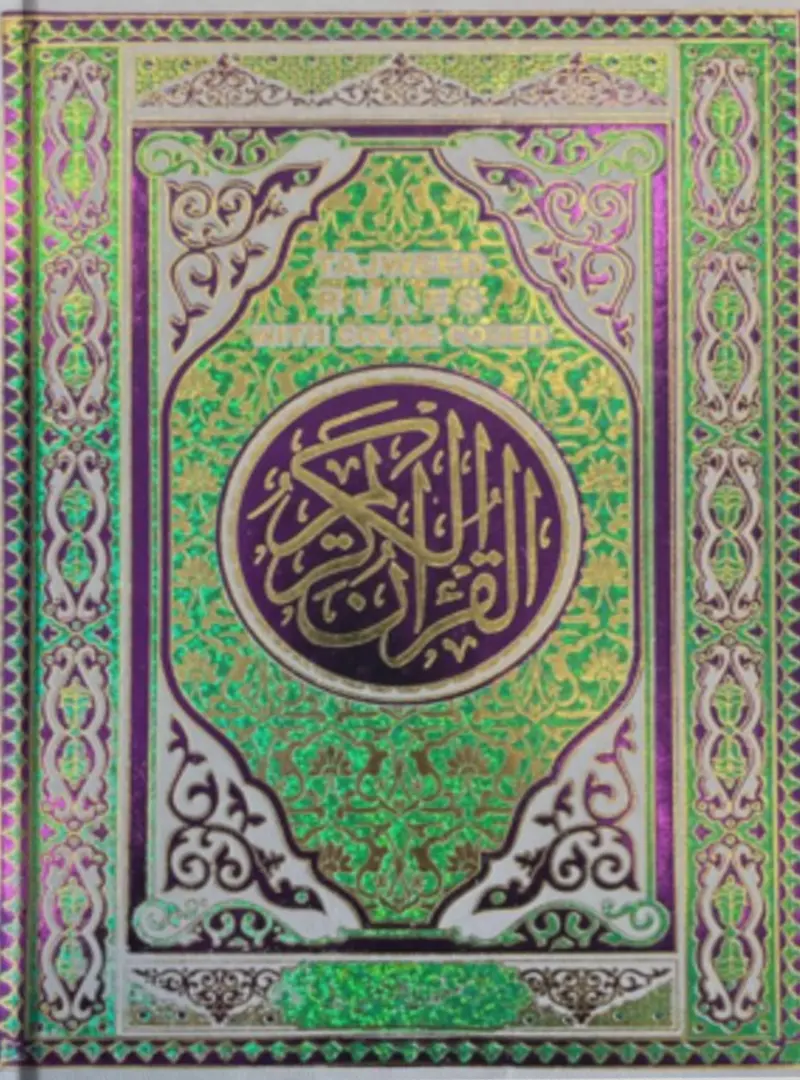
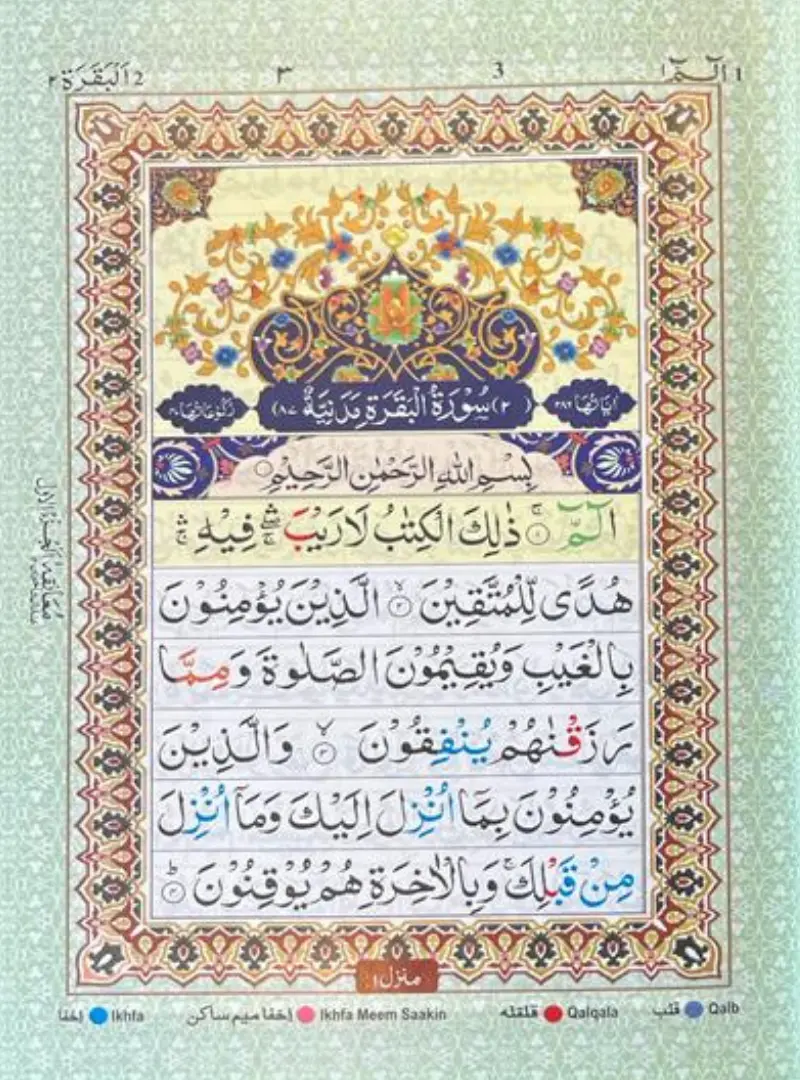
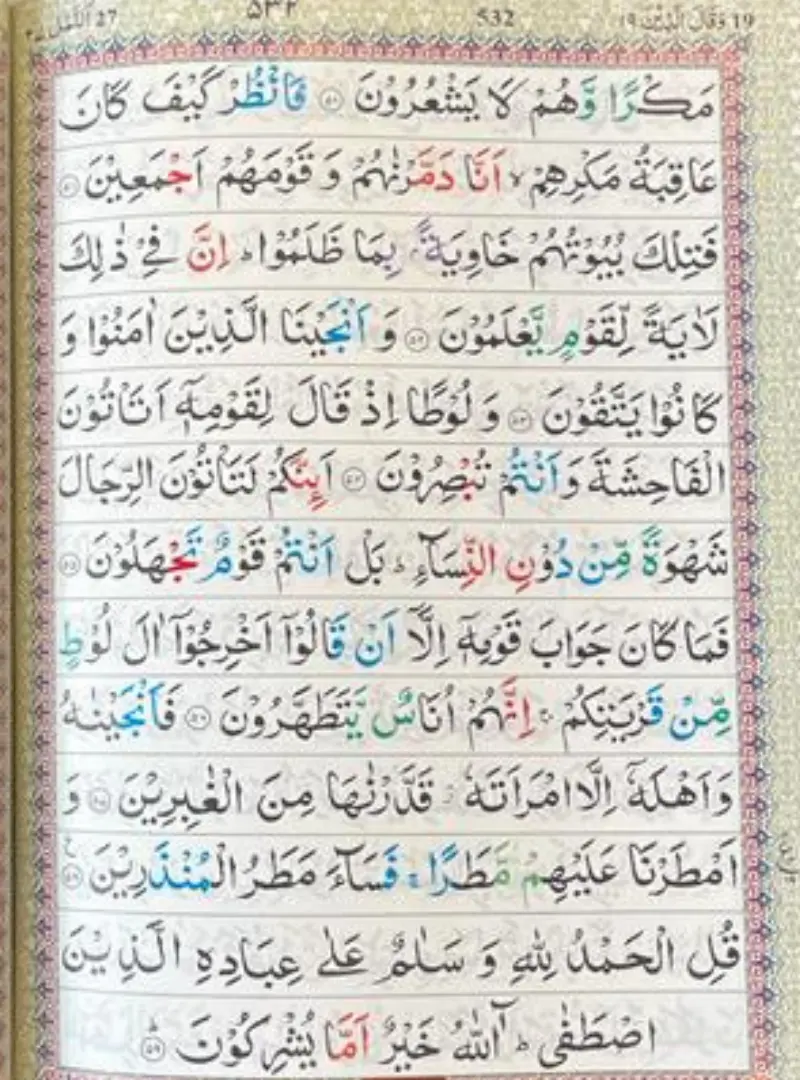
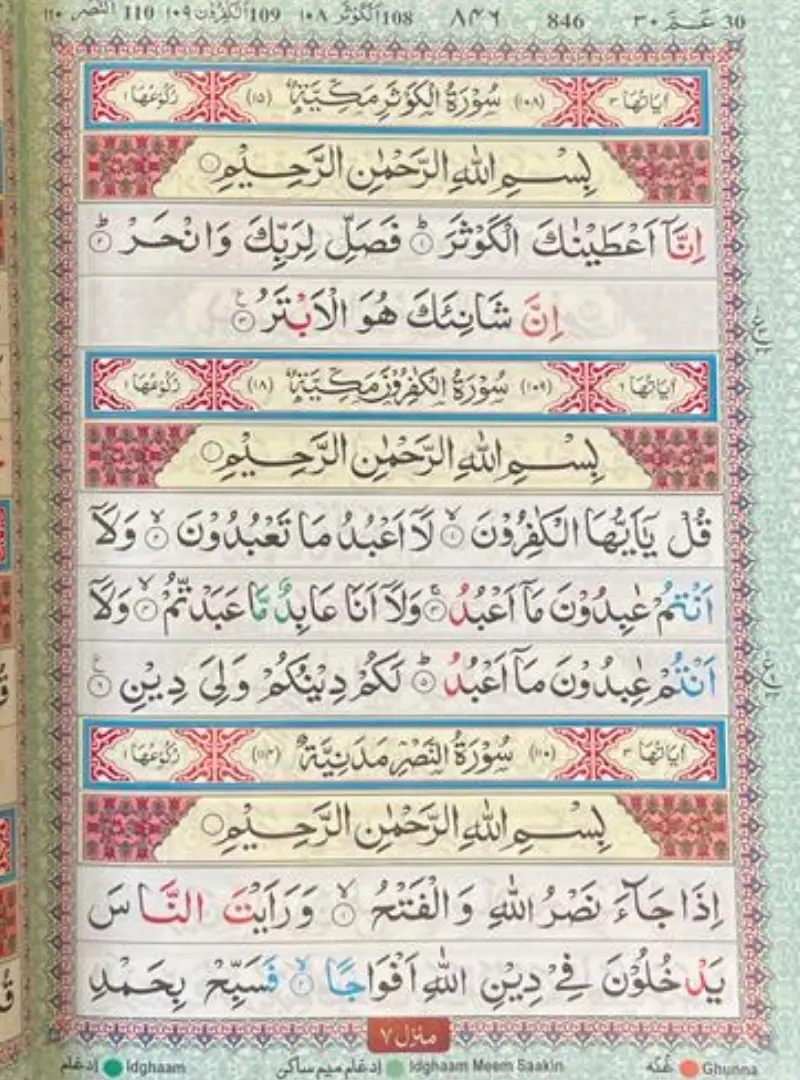





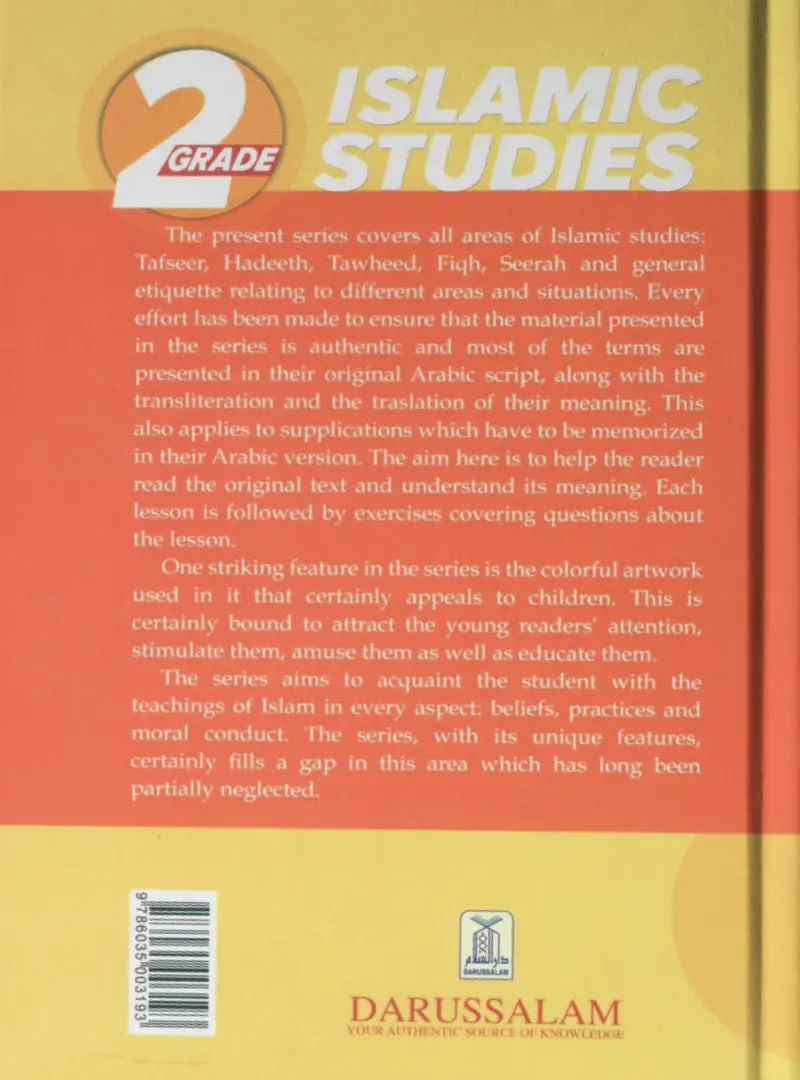

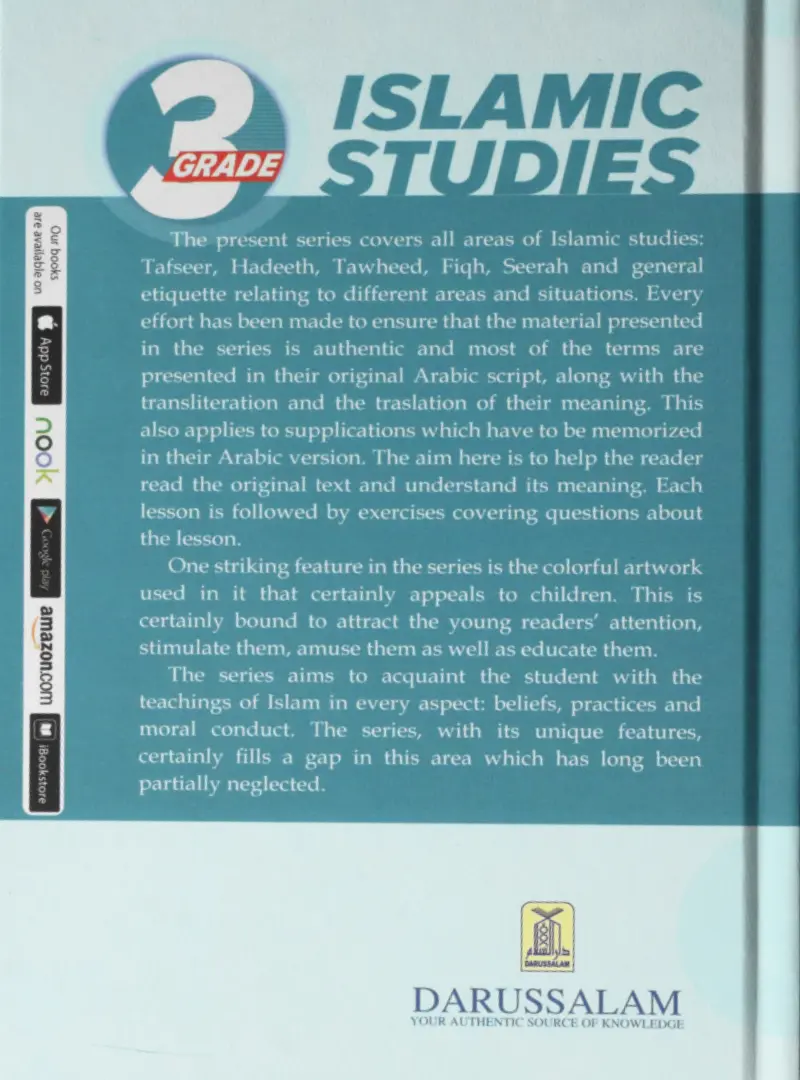


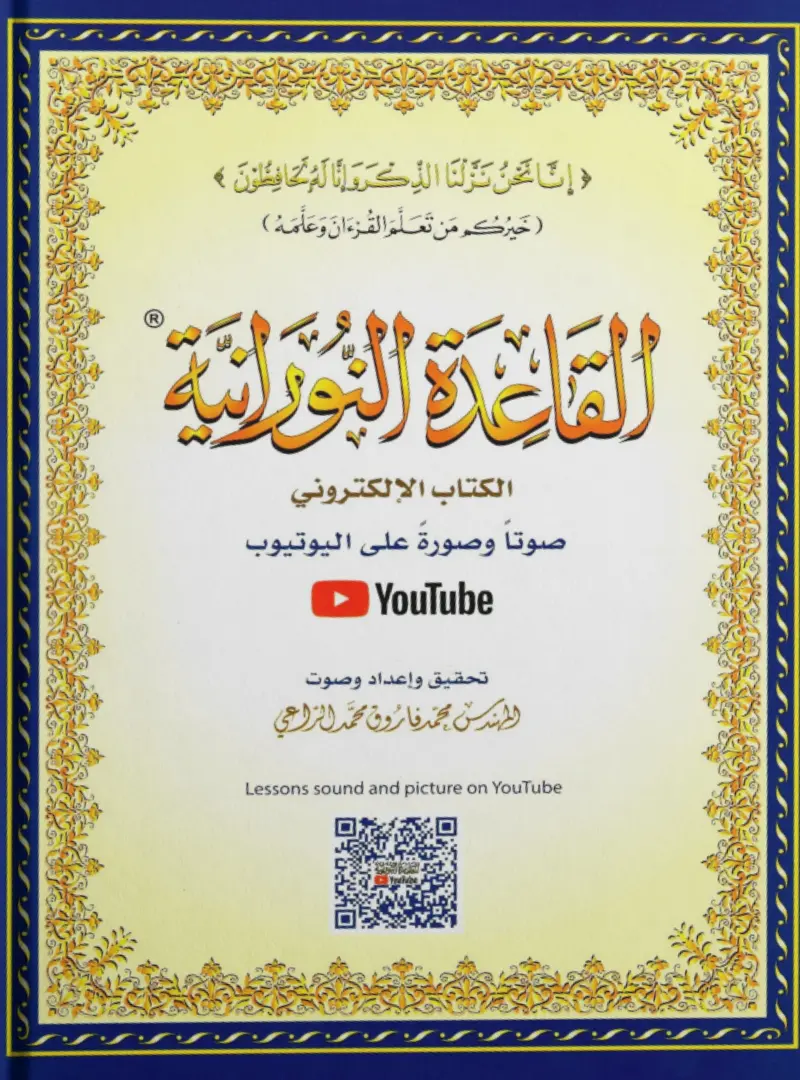
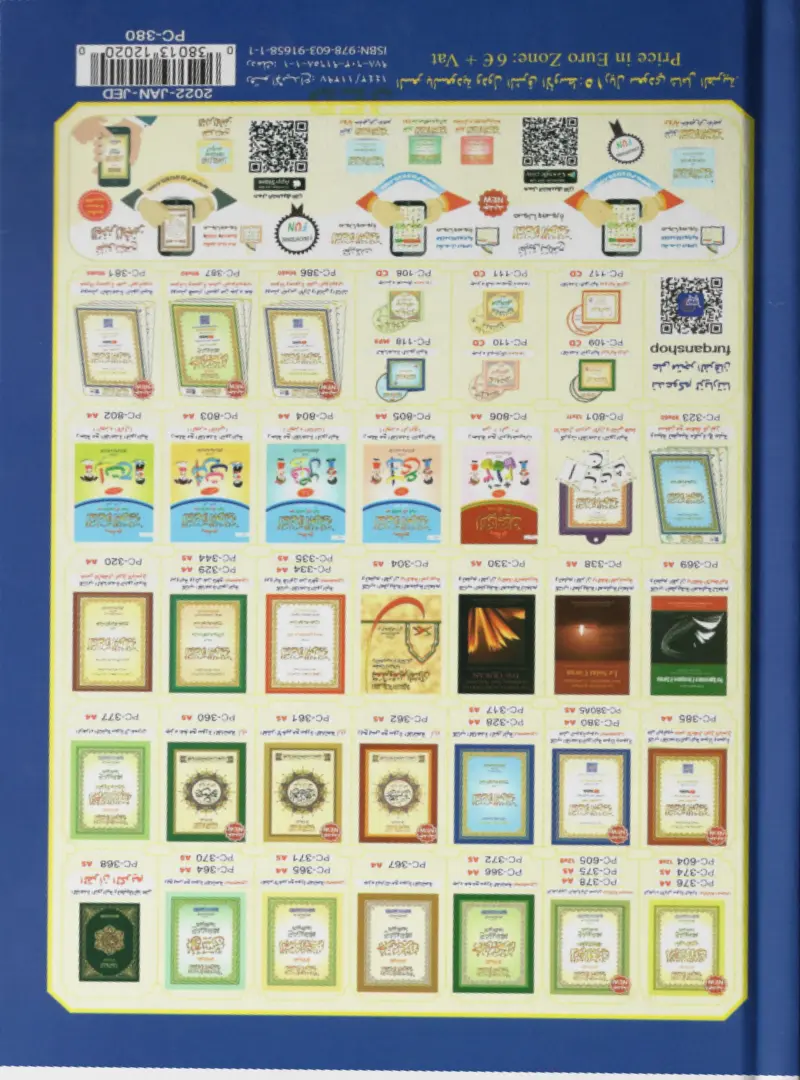



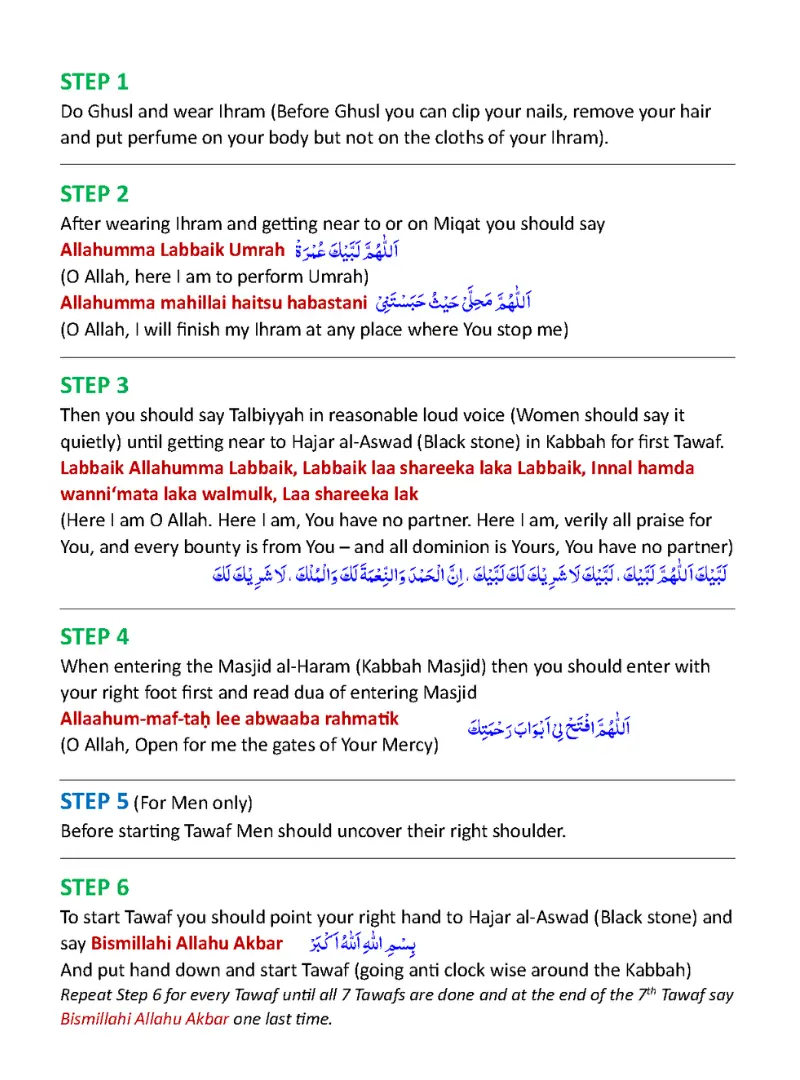
Reviews
There are no reviews yet.